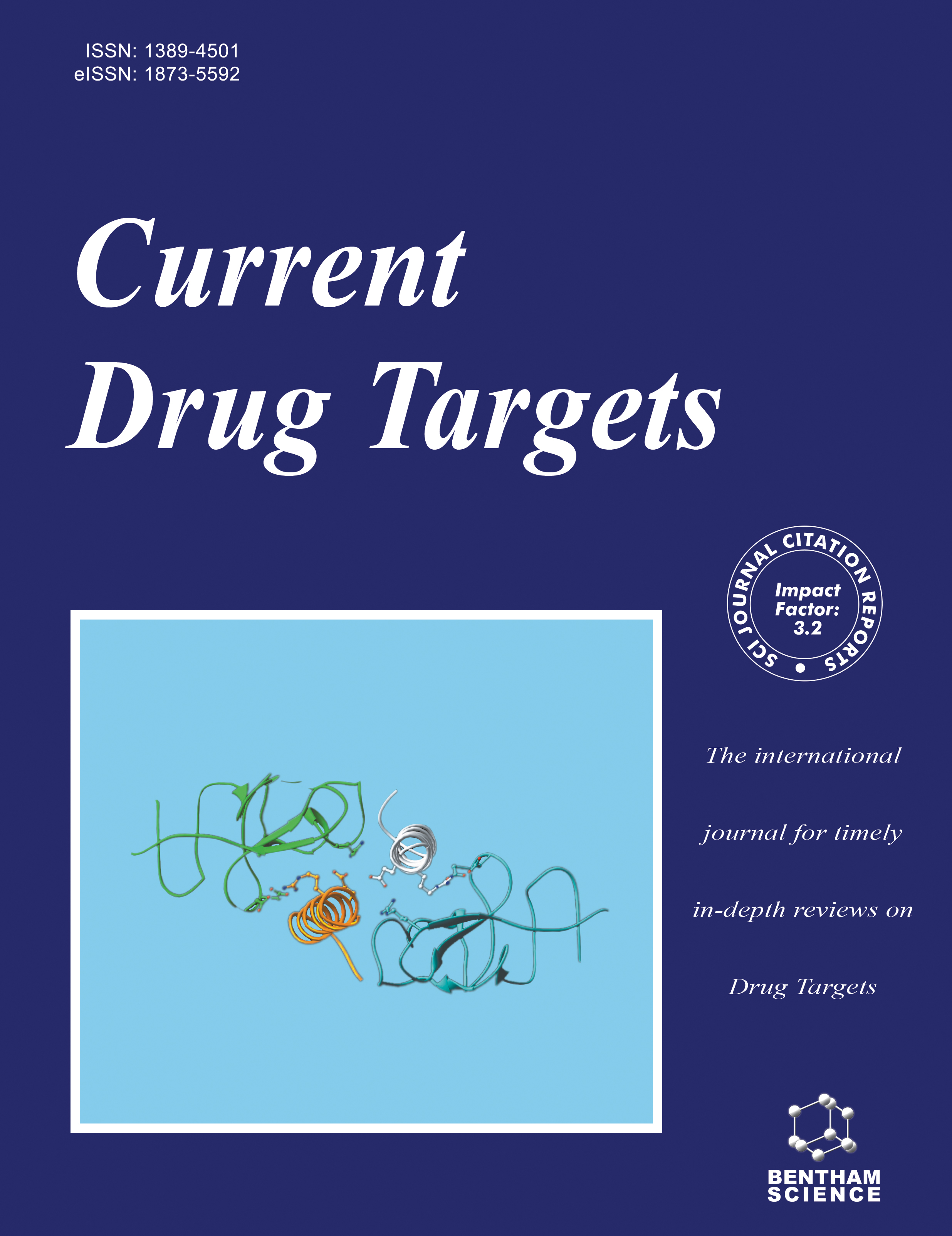
Full text loading...
In the past several years, human life expectancy has increased dramatically, and the global aging process is accelerating at an unprecedented rate. Impaired organ functions and systemic inflammation increase the risk of aging-related diseases. It seriously affects the quality of life in older adults and places a heavy burden on the global economy and public health. Inflammation is the cornerstone of many age-related diseases, and among various inflammatory mediators, Prostaglandin E2 (PGE2) has emerged as a key player. For example, PGE2 could participate in the progression of Alzheimer's disease (AD) by modulating neuroinflammation. Plasma PGE2 is regarded as a potential and specific diagnostic biomarker, and higher initial PGE2 levels are positively correlated with longer survival in AD. PGE2 also mediates bone and muscle metabolism to affect age-related musculoskeletal diseases, including sarcopenia, osteoporosis, and osteoarthritis. It activates the EP4 receptor on sensory nerves to inhibit sympathetic nerve activity and modulate bone formation. Moreover, the PGE2/EP4 axis positively regulates muscle mass and strength. In diabetes, increased Cox-2 and m-PGES2 promote PGE2 production. The activated PGE2/EP3 axis exacerbates the progression of type 2 diabetes (T2D) by impairing glucose metabolism and accelerating β-cell senescence. Therefore, the role of PGE2 in age-related diseases deserves greater attention. Its involvement is driven by the dysregulation of its biosynthesis, metabolism, and receptor-mediated signaling. Regulating the concentration of PGE2 or modulating receptor activity represents a promising therapeutic strategy for managing age-related diseases.

Article metrics loading...

Full text loading...
References


Data & Media loading...

